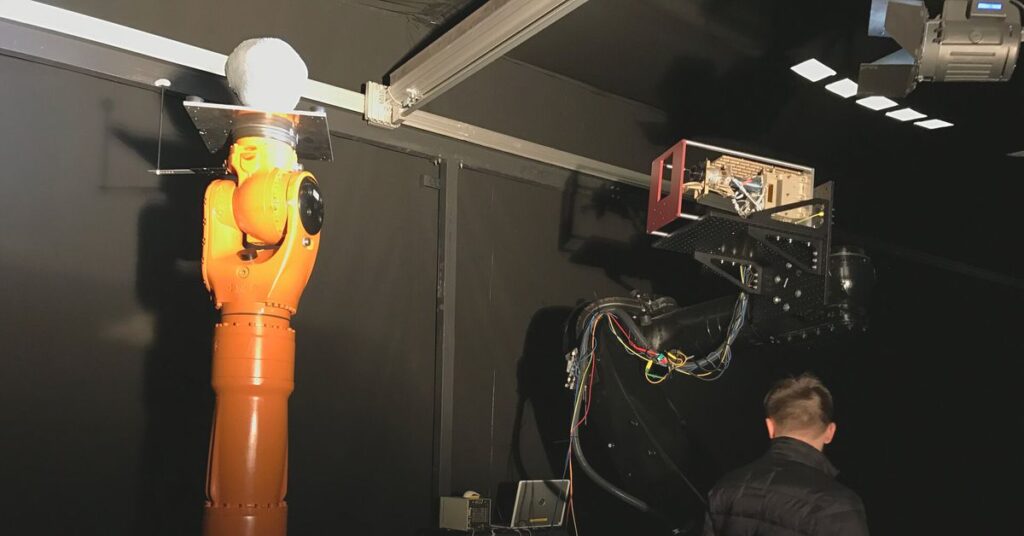The European Space Agency (ESA) is conducting some final tests needed to launch the Hera mission this October, which is designed to investigate an asteroid that NASA deliberately struck with a spacecraft in 2022. information.
The Hera mission’s spacecraft is undergoing preflight testing, requiring it to maneuver its guidance navigation and control (GNC) system around the twin asteroid systems of Dimorphos and Didymos. The GNC system is being validated through virtual testing in Spain and Germany using replicas of Hera spacecraft components.
“The system for Hera’s interstellar cruise phase – certainly the most critical stage in launch preparations – has now been fully tested using an actual spacecraft flight model,” ESA GNC engineer Jesus Gil Fernandez said in the announcement blog. This phase will end when the asteroid arrives, when the camera images will be used to distinguish the asteroid from the background stars by detecting its gradual motion in successive images.”
The primary goal of the autonomous Hera mission is to assess the actual conditions on Dimorphos, the smaller asteroid impacted by NASA’s Double Asteroid Redirect Test (DART) mission, to help guide planetary defense systems. Even for space missions, the nature of the paired asteroid system (its combined gravity field is tens of thousands of times weaker than Earth’s) makes it a difficult destination to navigate. The collision with NASA’s DART spacecraft also altered Didymos’ orbit and may have produced some significant changes to its overall shape.
Gil Fernandez said ESA is now focusing on the GNC for the subsequent close-operations phase of the Hera mission, which requires bringing the spacecraft as close as one kilometer (0.6 miles) to the two asteroids. ).
Like the technology behind self-driving cars, Hera’s GNC system will use a variety of different sources to operate safely around Didymos. “Its main source of data will be its primary asteroid view camera, whose images can be used for science and navigation,” said Gil Fernandez. “These images will be combined with other inputs to produce a reliable estimate of its location.”
You can read all the specific technical details of how ESA plans Hera to overcome these navigation issues, including surface feature tracking and repeated speed changes, in the agency’s blog post.
If the Hera mission successfully launches this October, the spacecraft is expected to spend two years traveling through space, flying past Mars to gain speed and observe its moon Deimos, before arriving at the Didymos binary asteroid system in October 2026.

